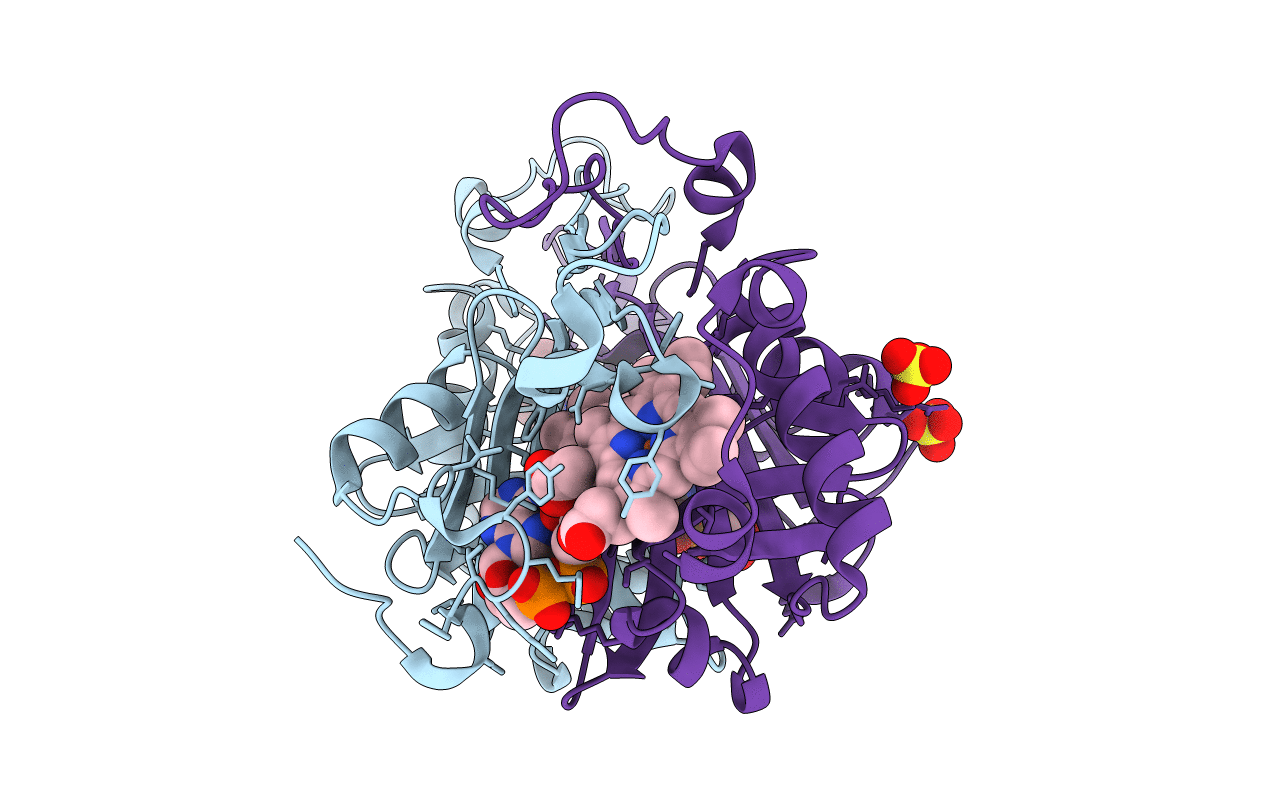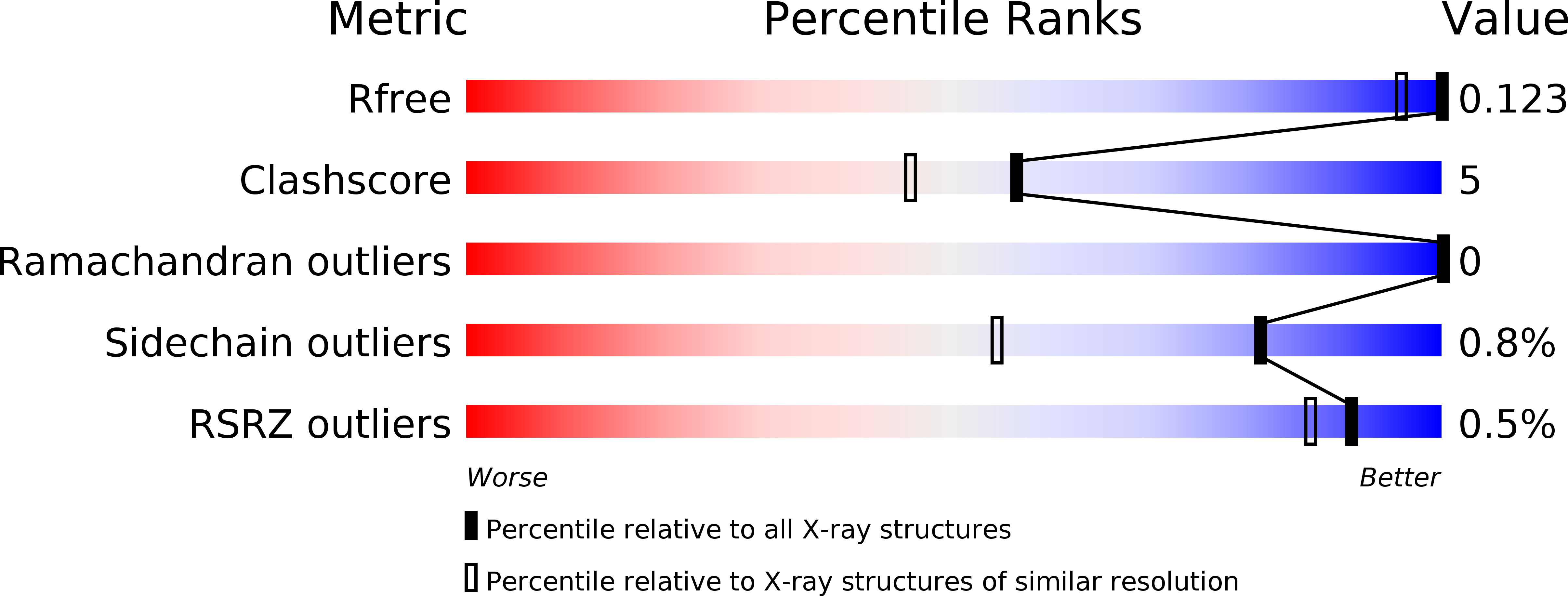
Deposition Date
2019-04-29
Release Date
2019-05-08
Last Version Date
2024-01-24
Entry Detail
PDB ID:
6RK0
Keywords:
Title:
Structure of the Flavocytochrome Anf3 from Azotobacter vinelandii
Biological Source:
Source Organism:
Host Organism:
Method Details:
Experimental Method:
Resolution:
0.99 Å
R-Value Free:
0.13
R-Value Work:
0.12
R-Value Observed:
0.12
Space Group:
P 1 21 1


